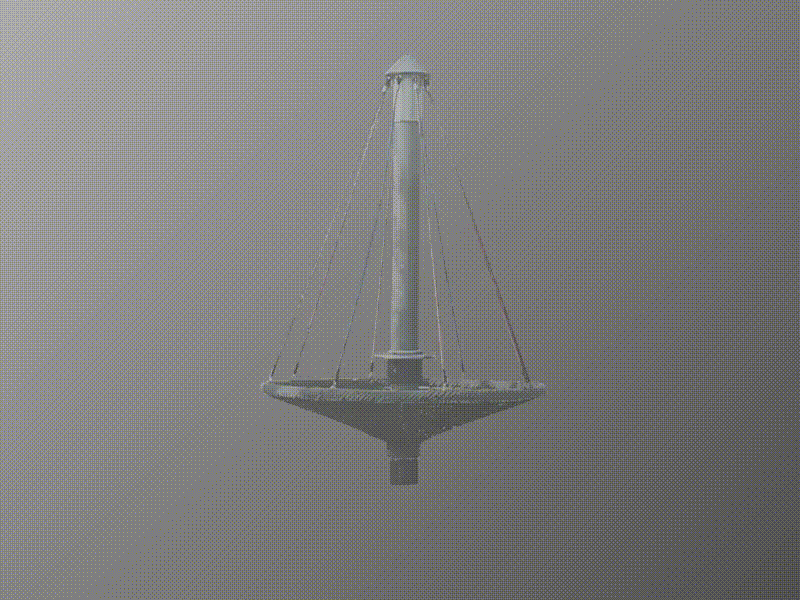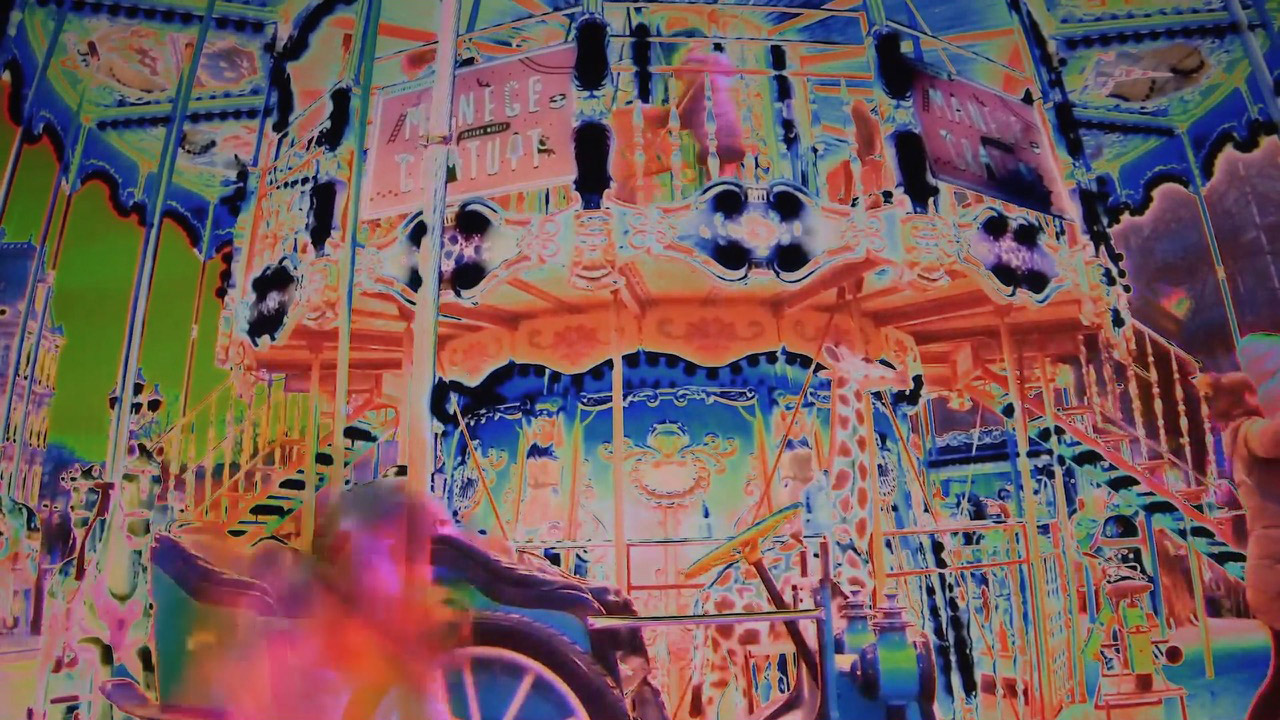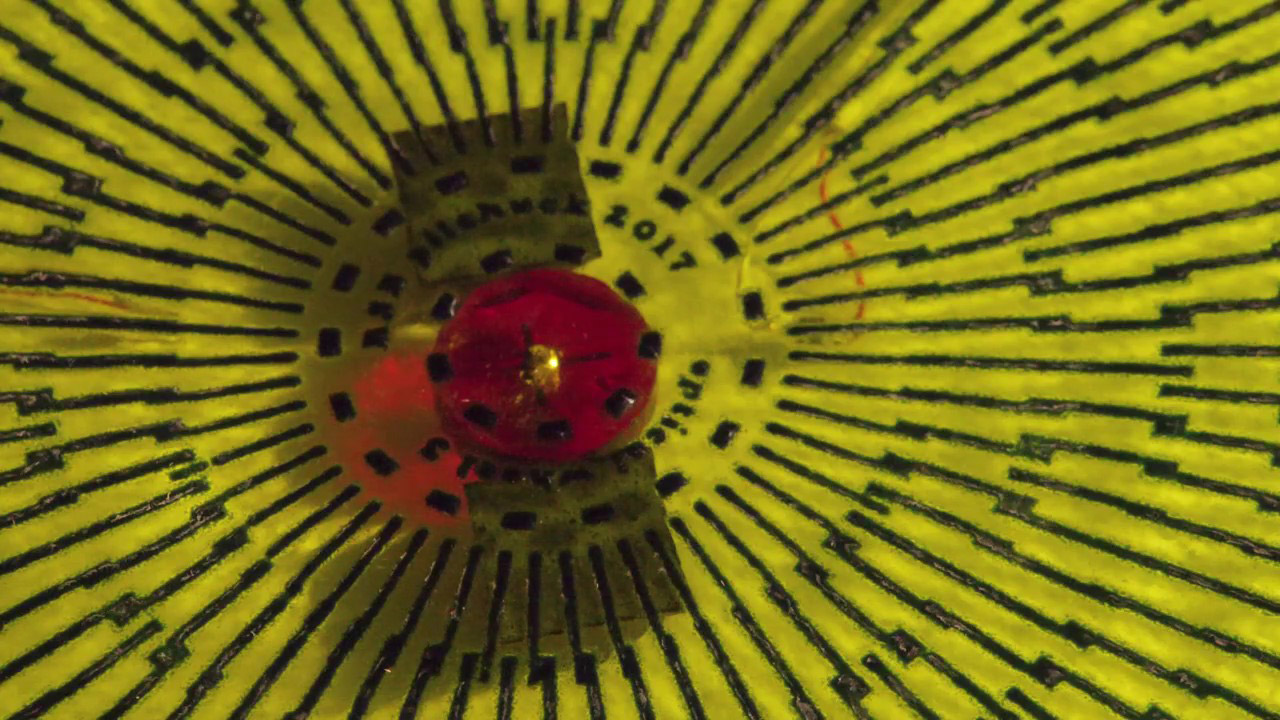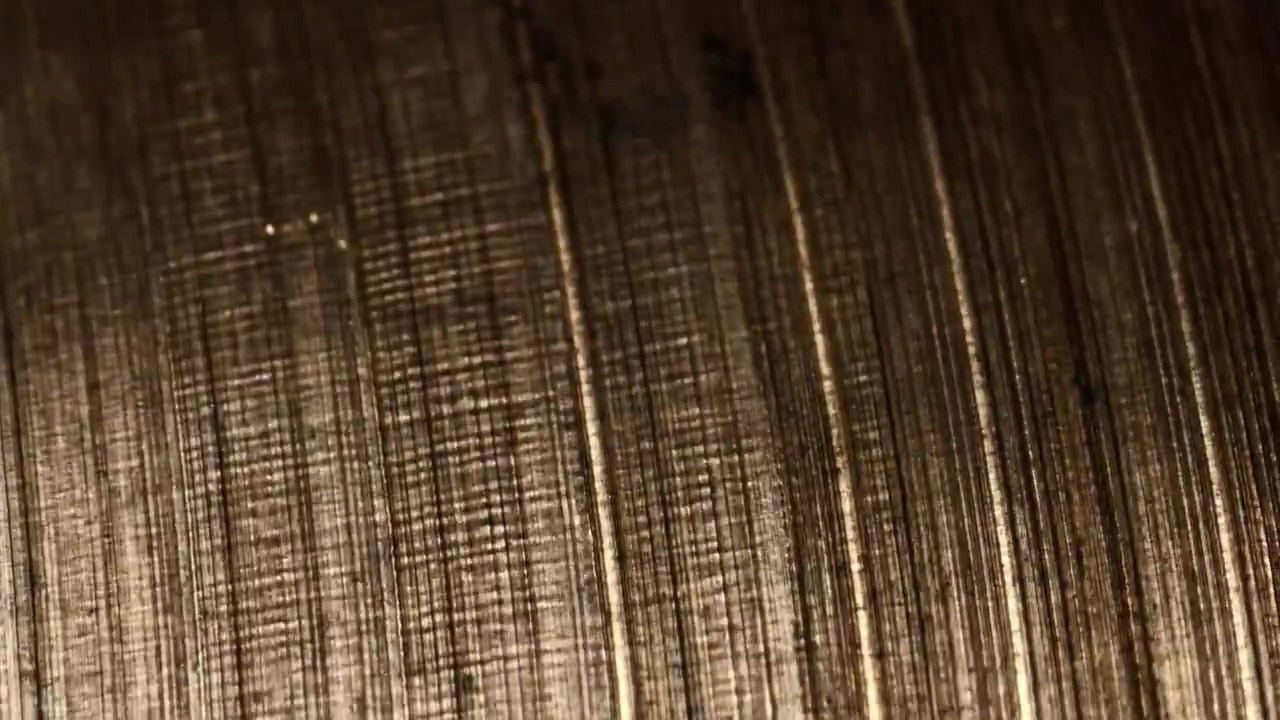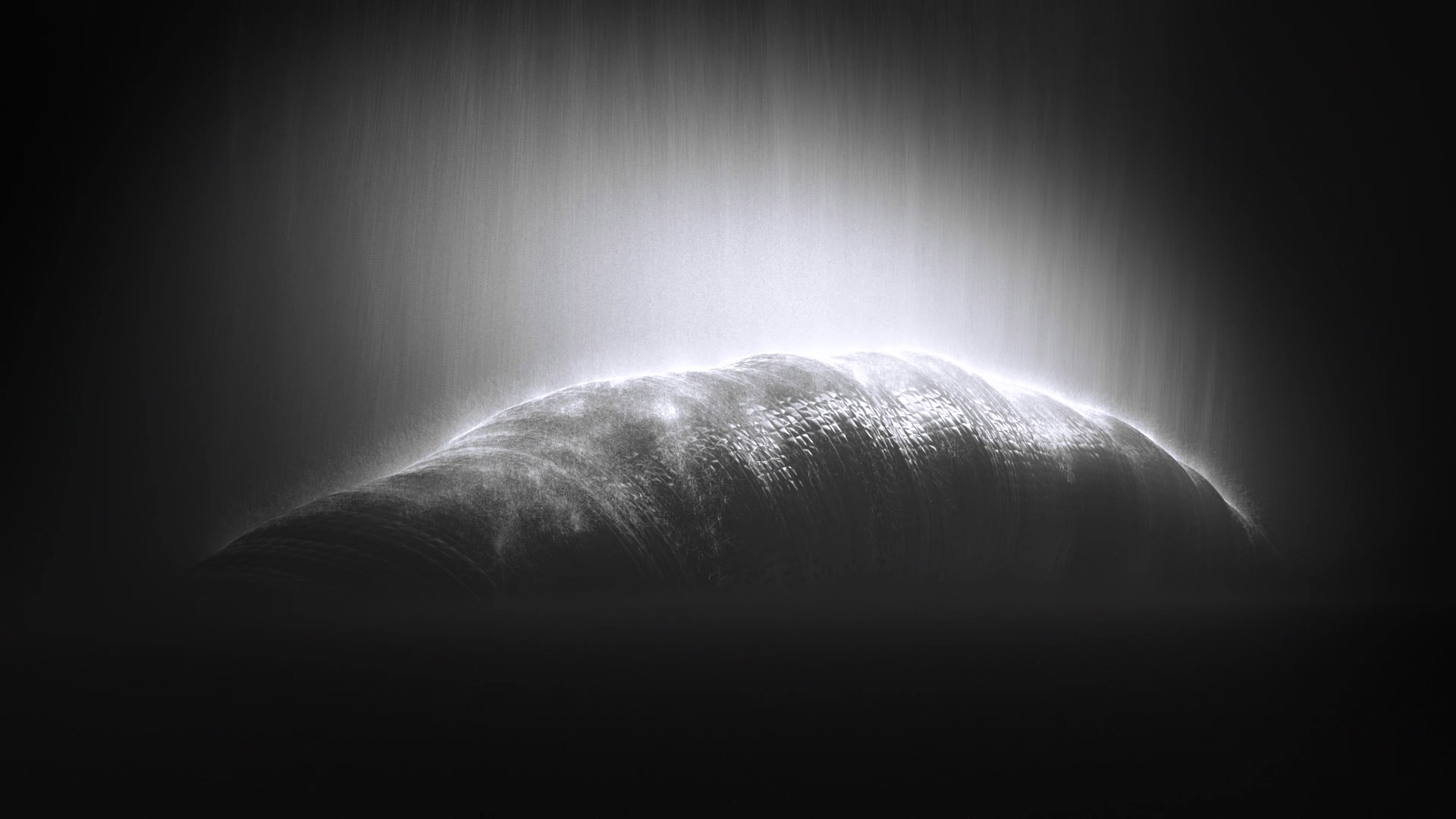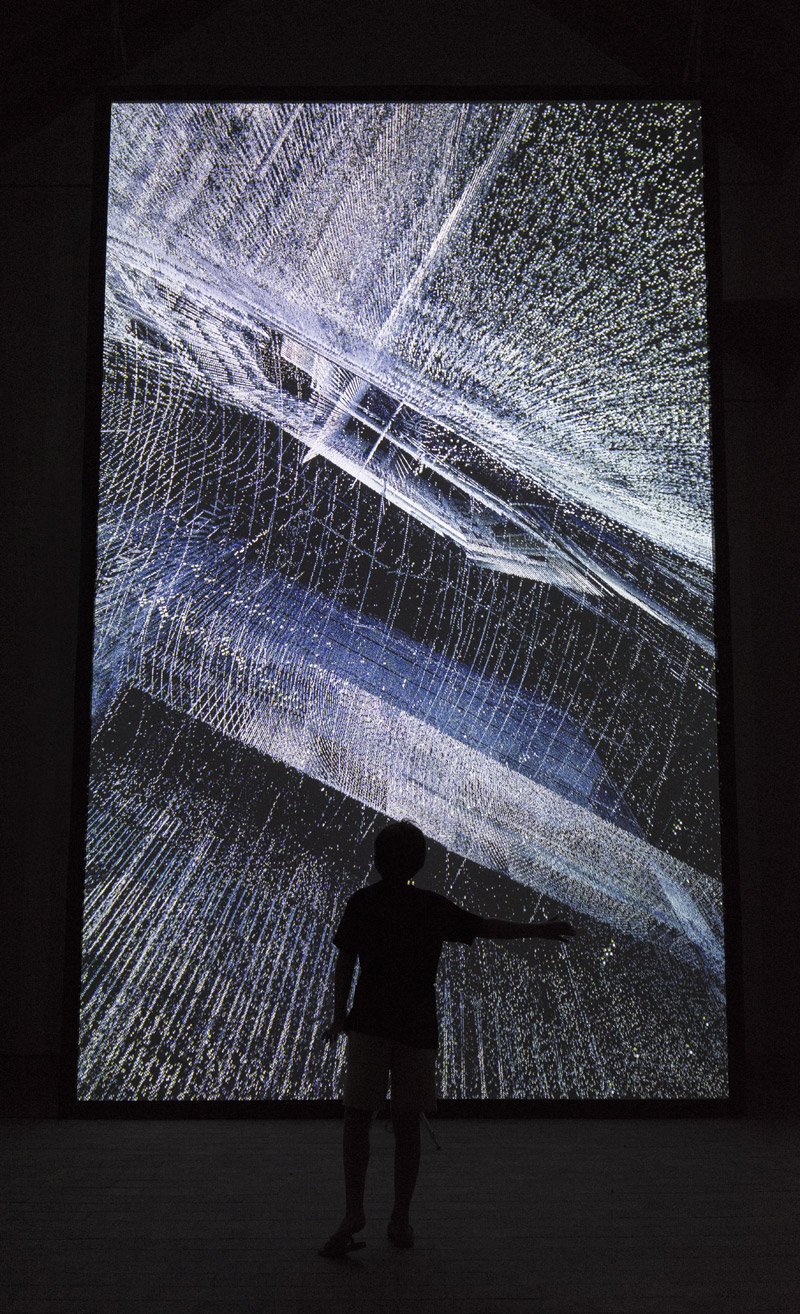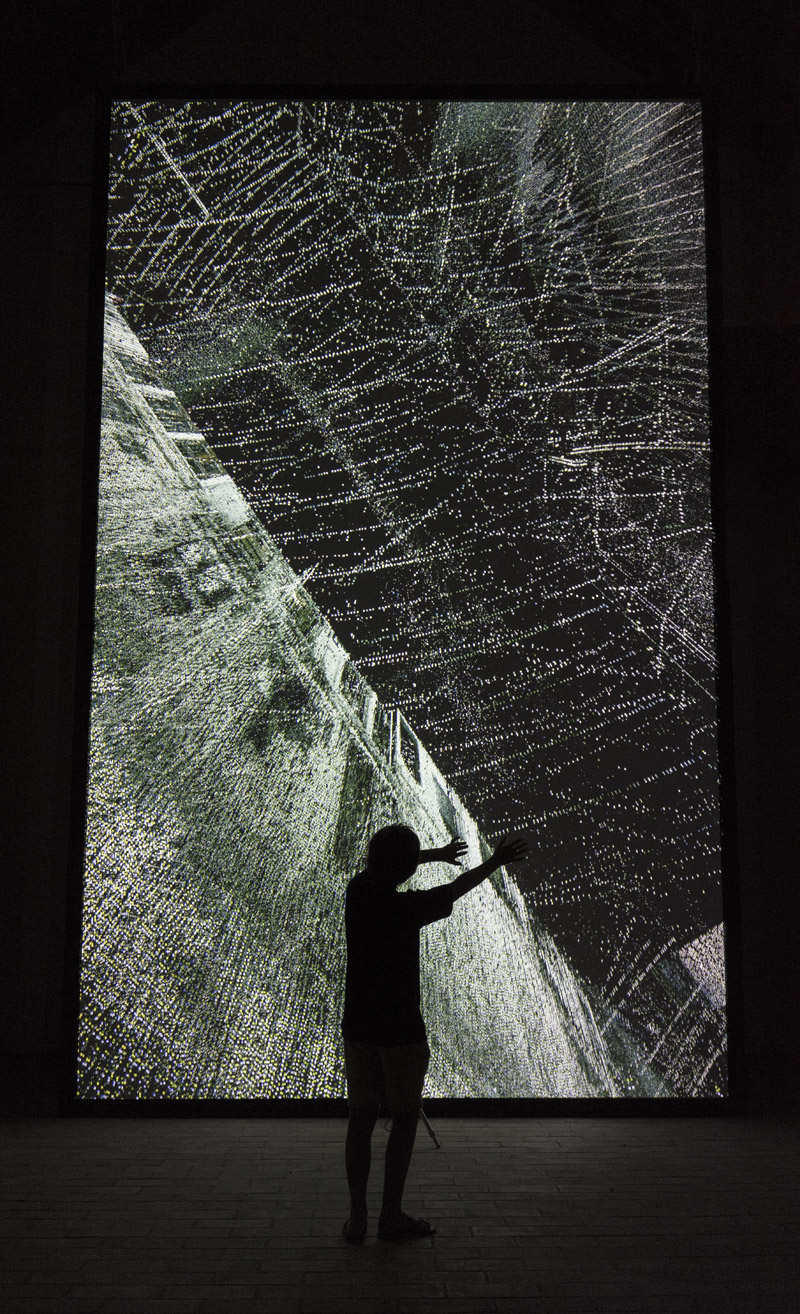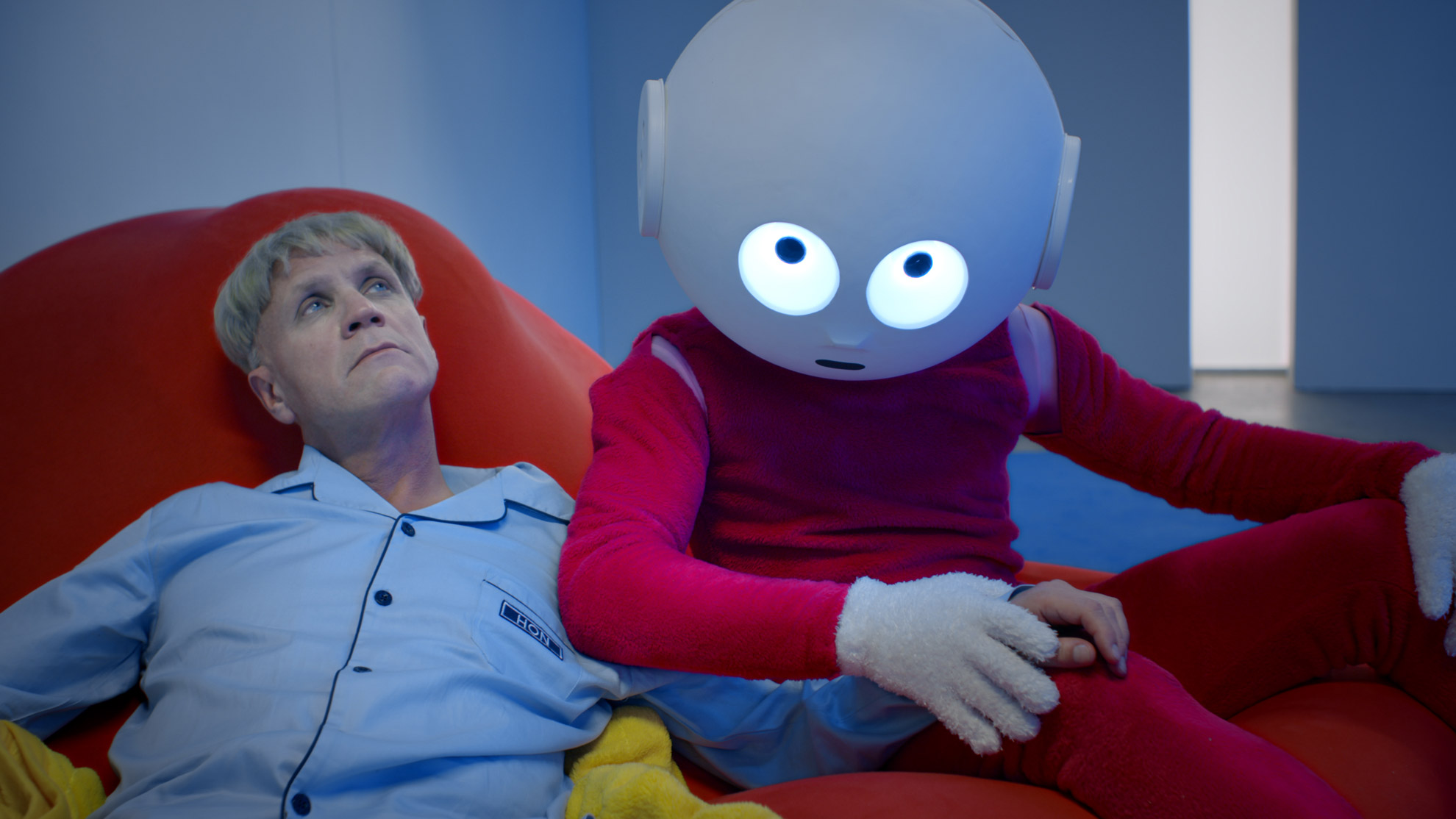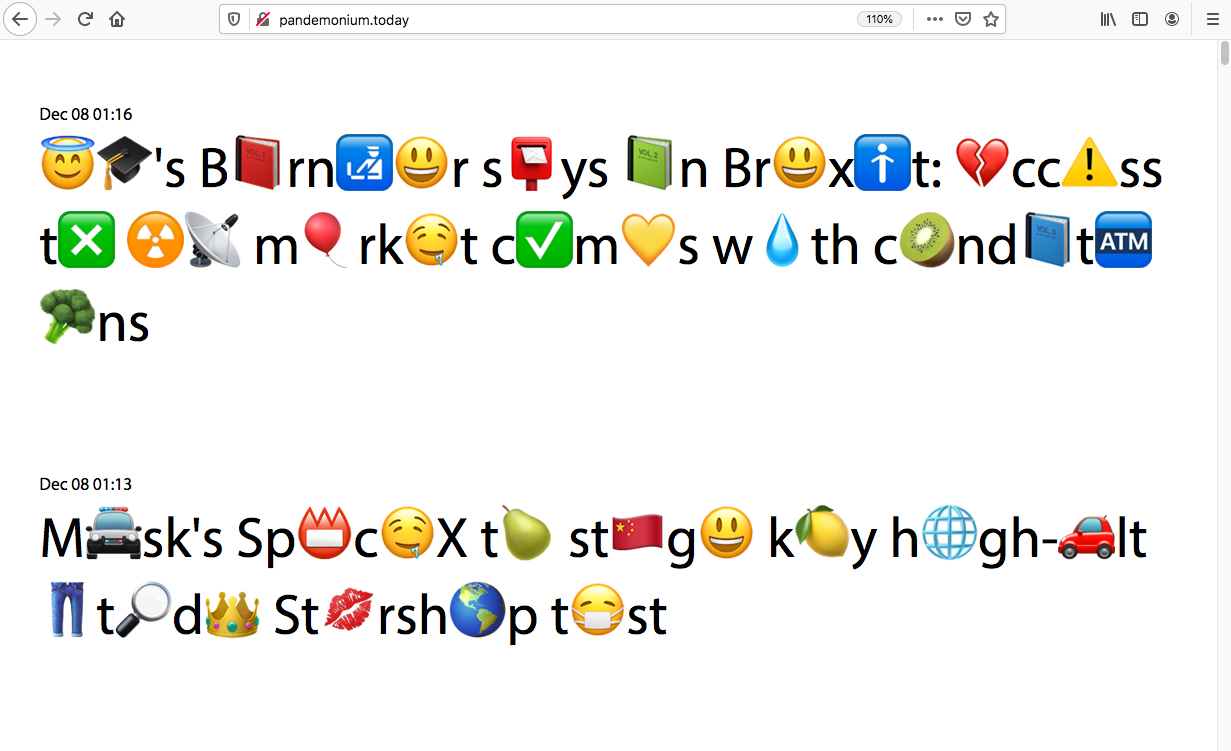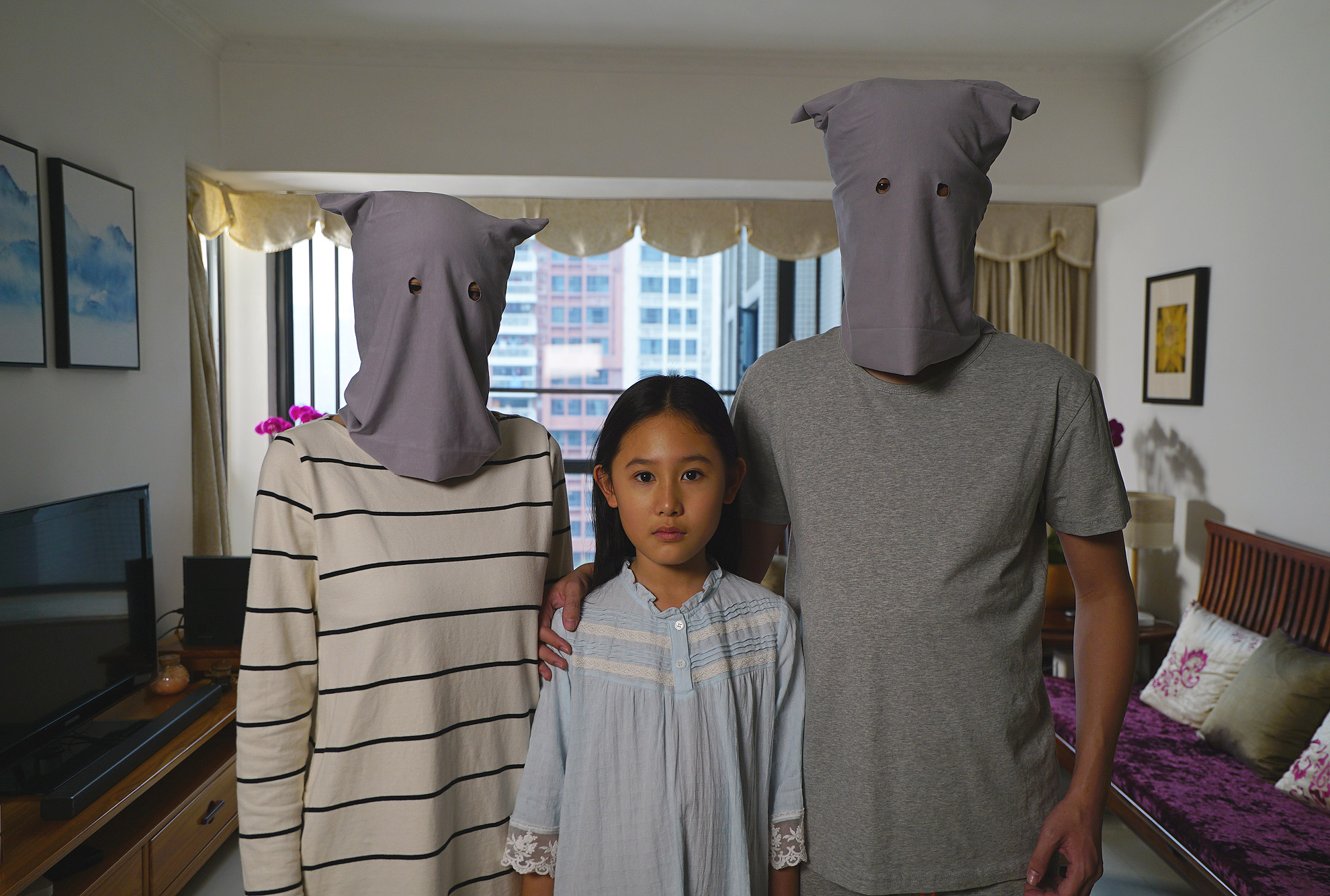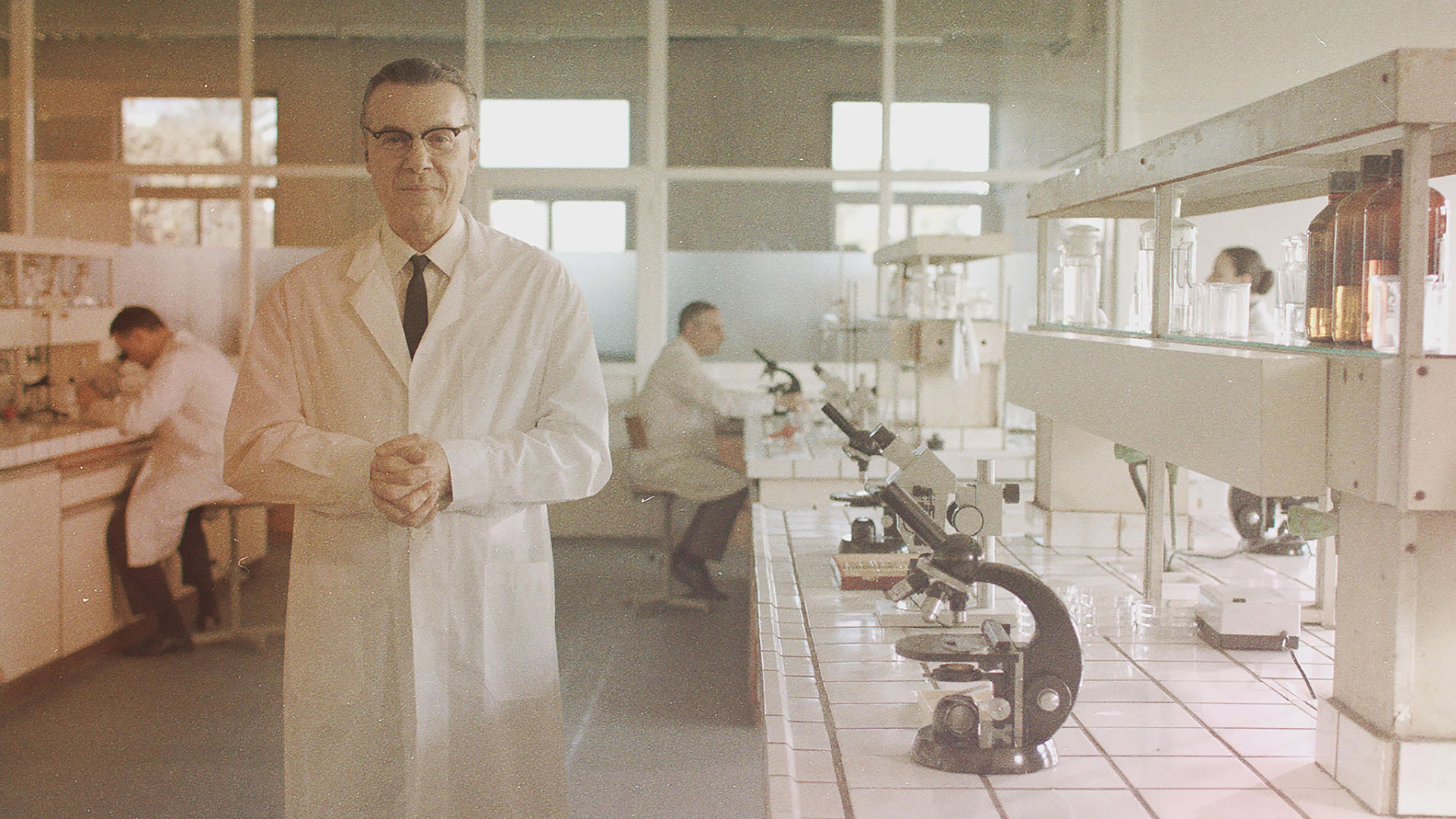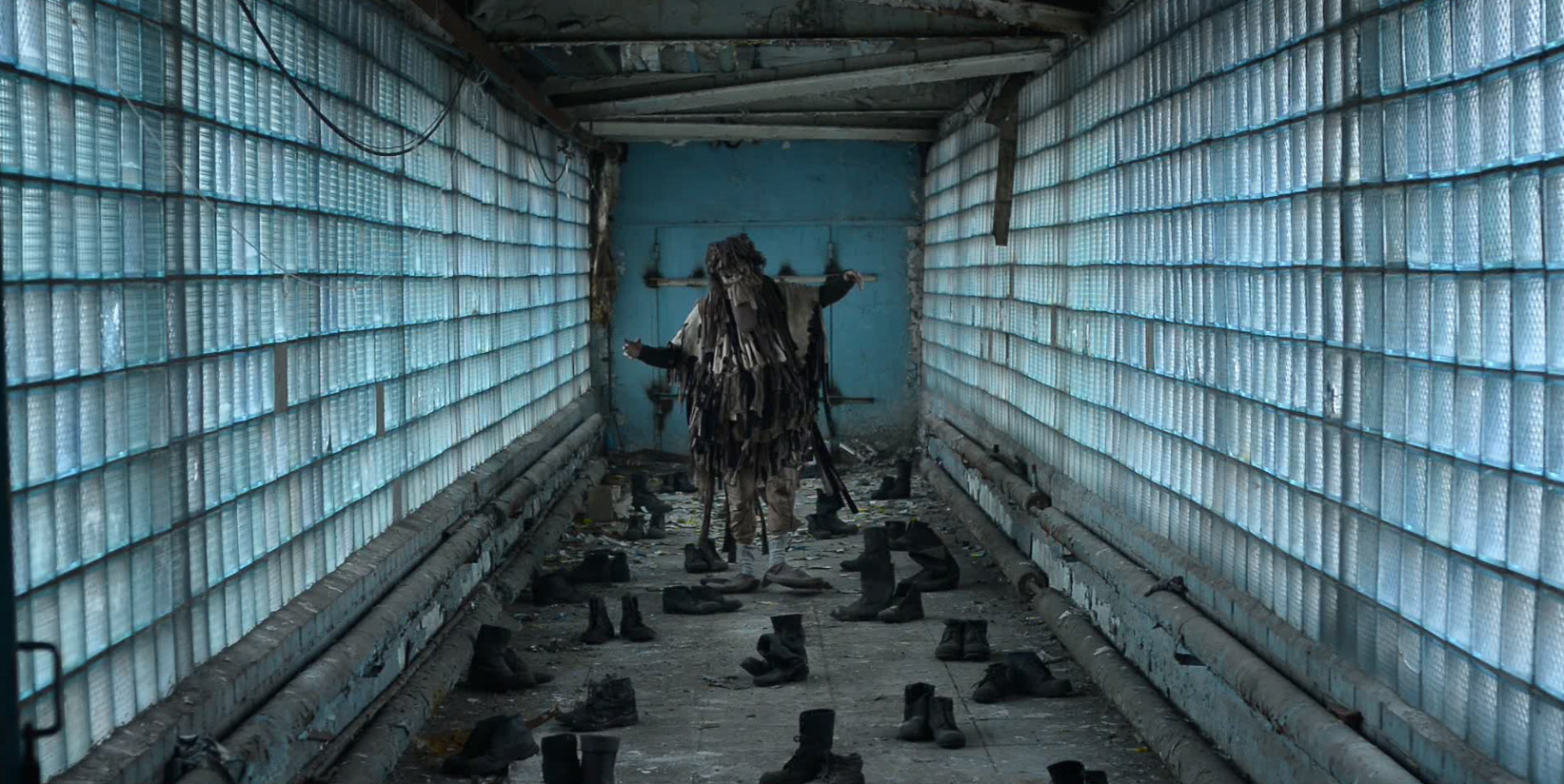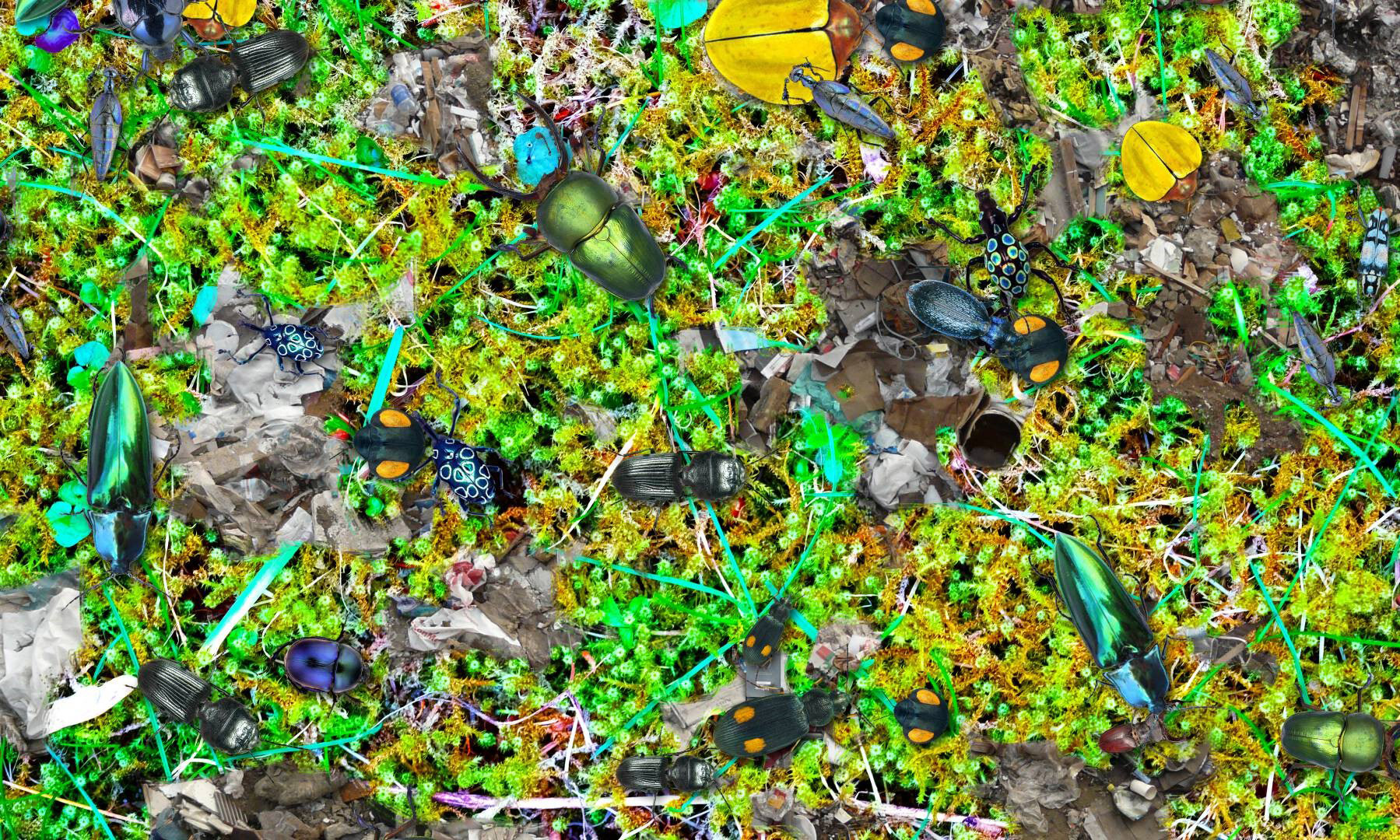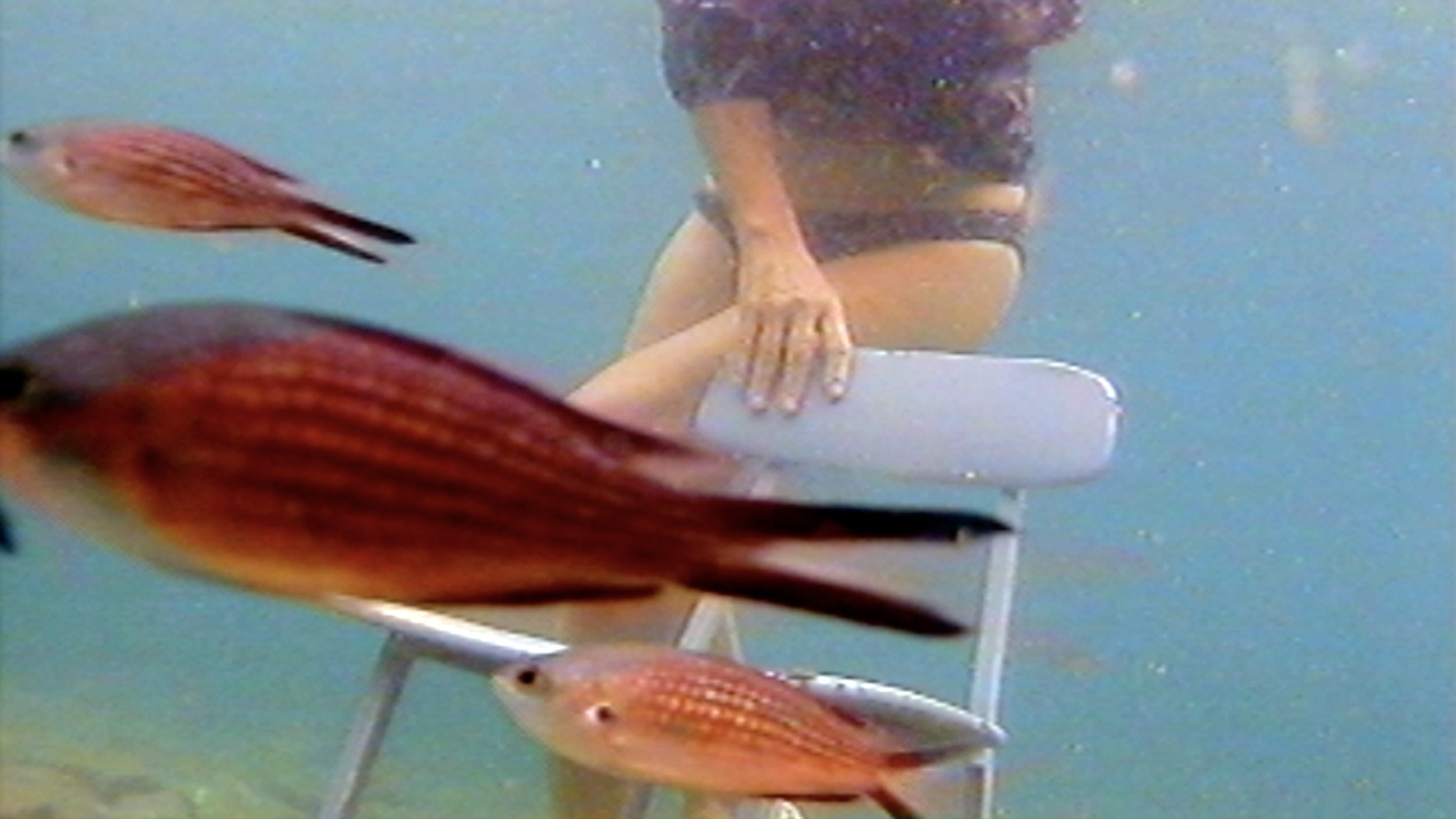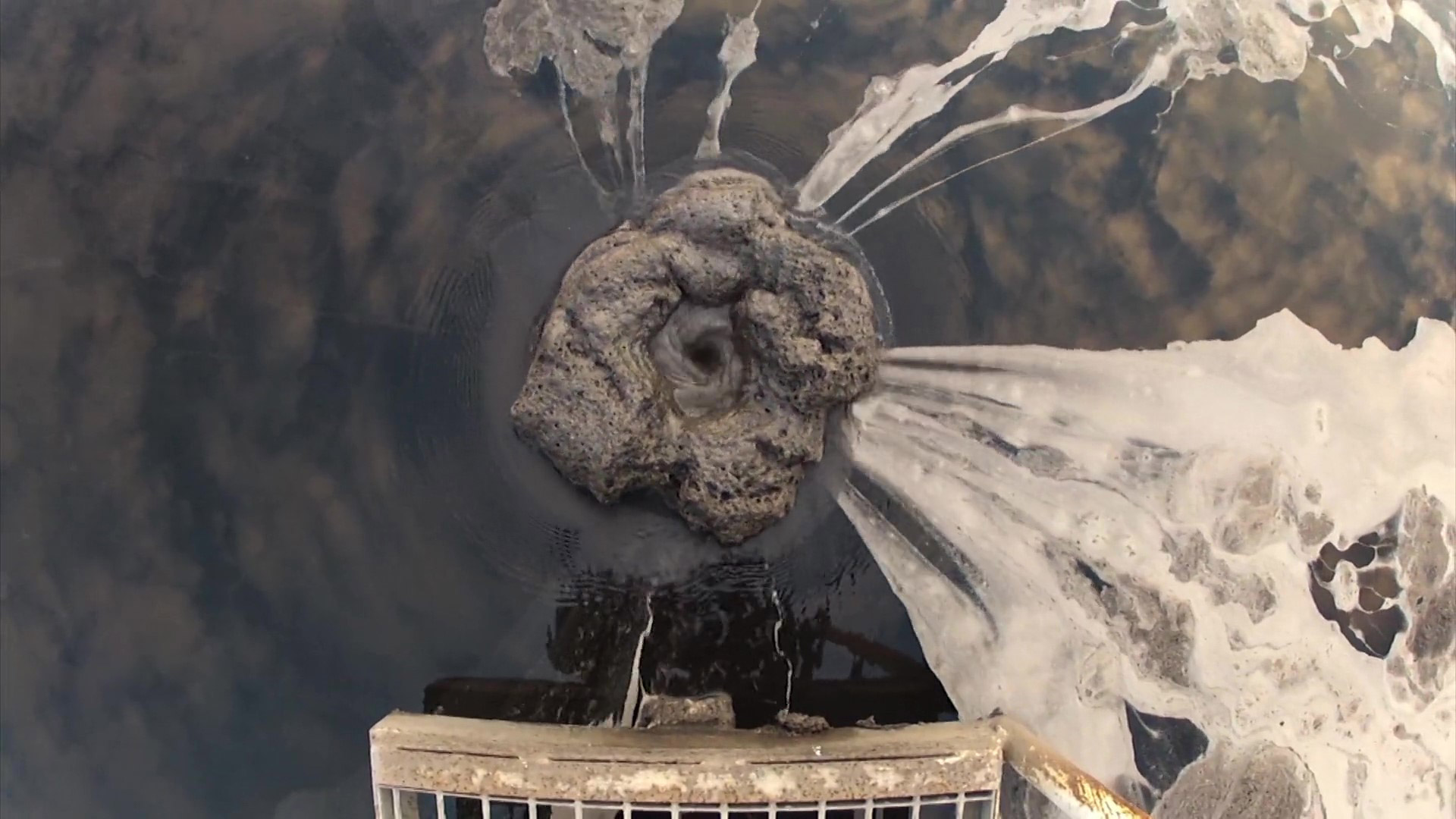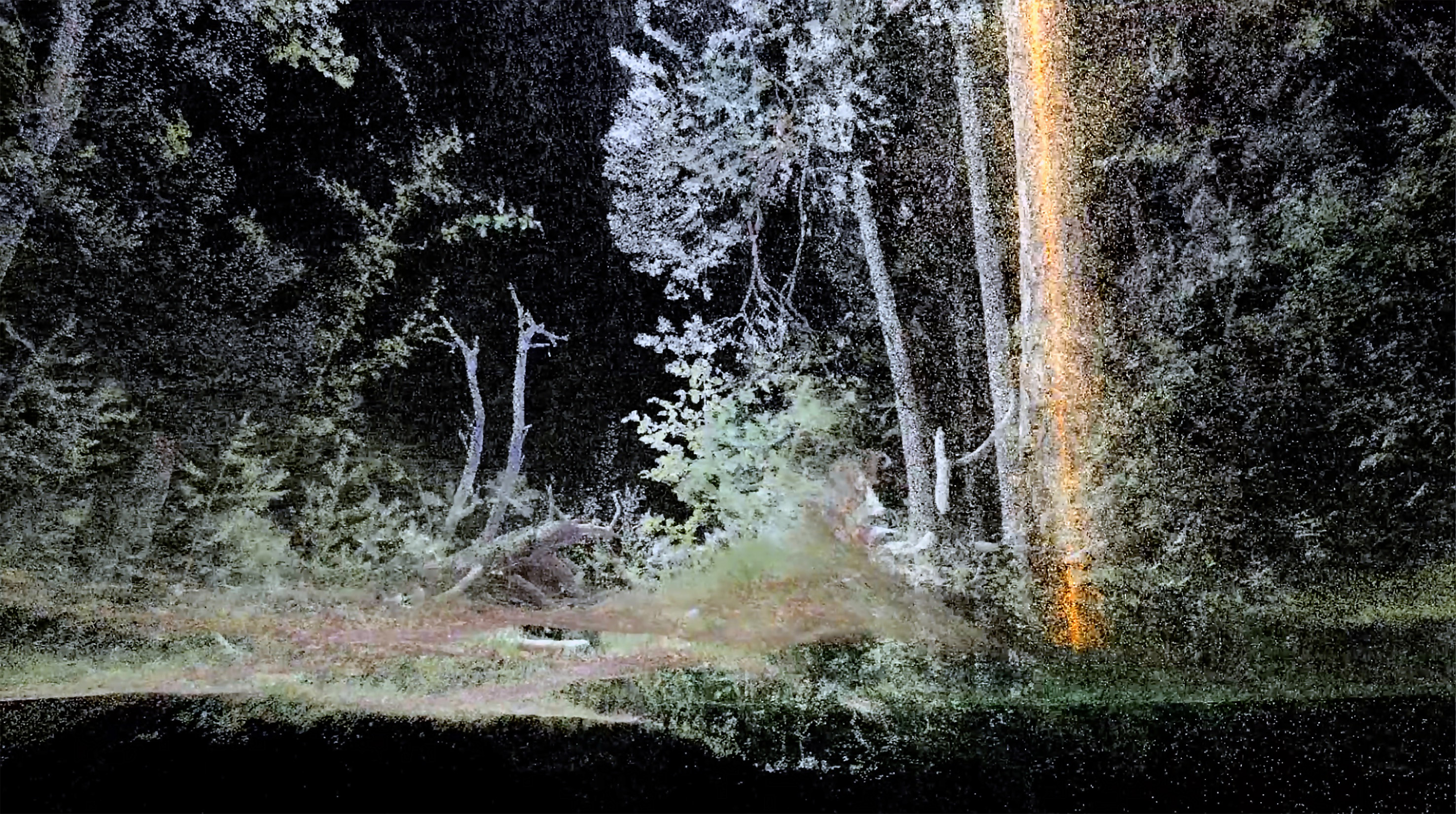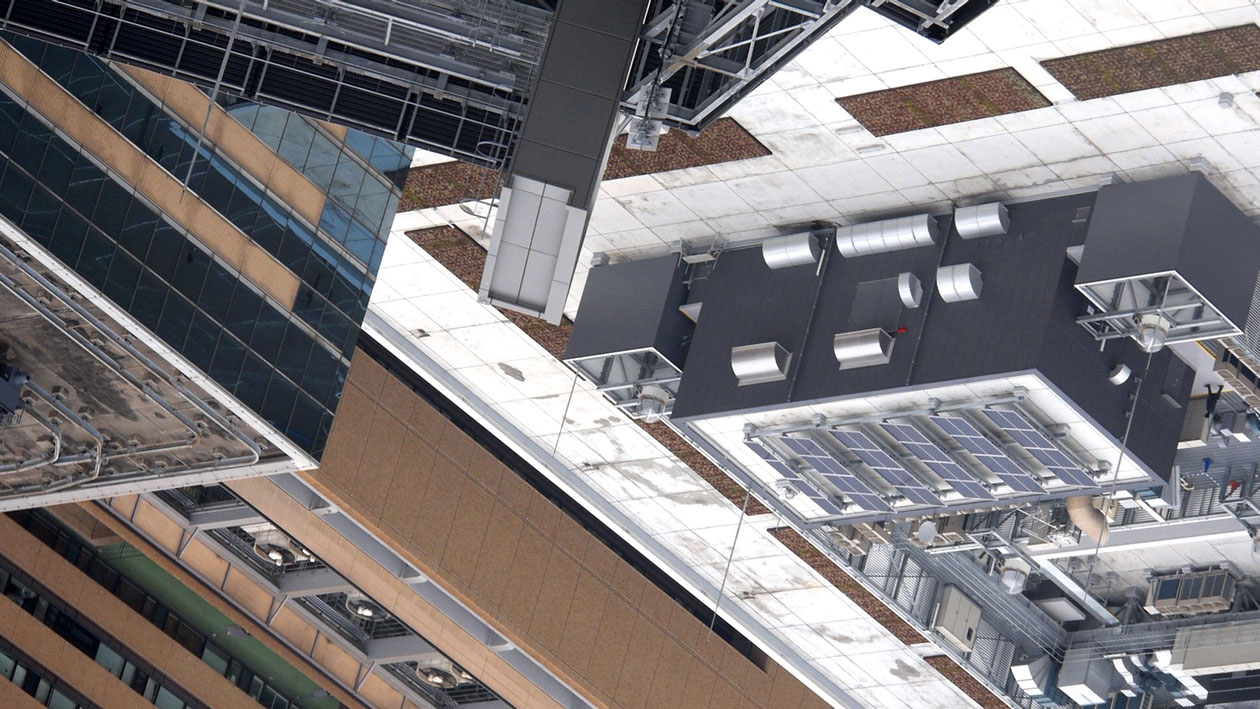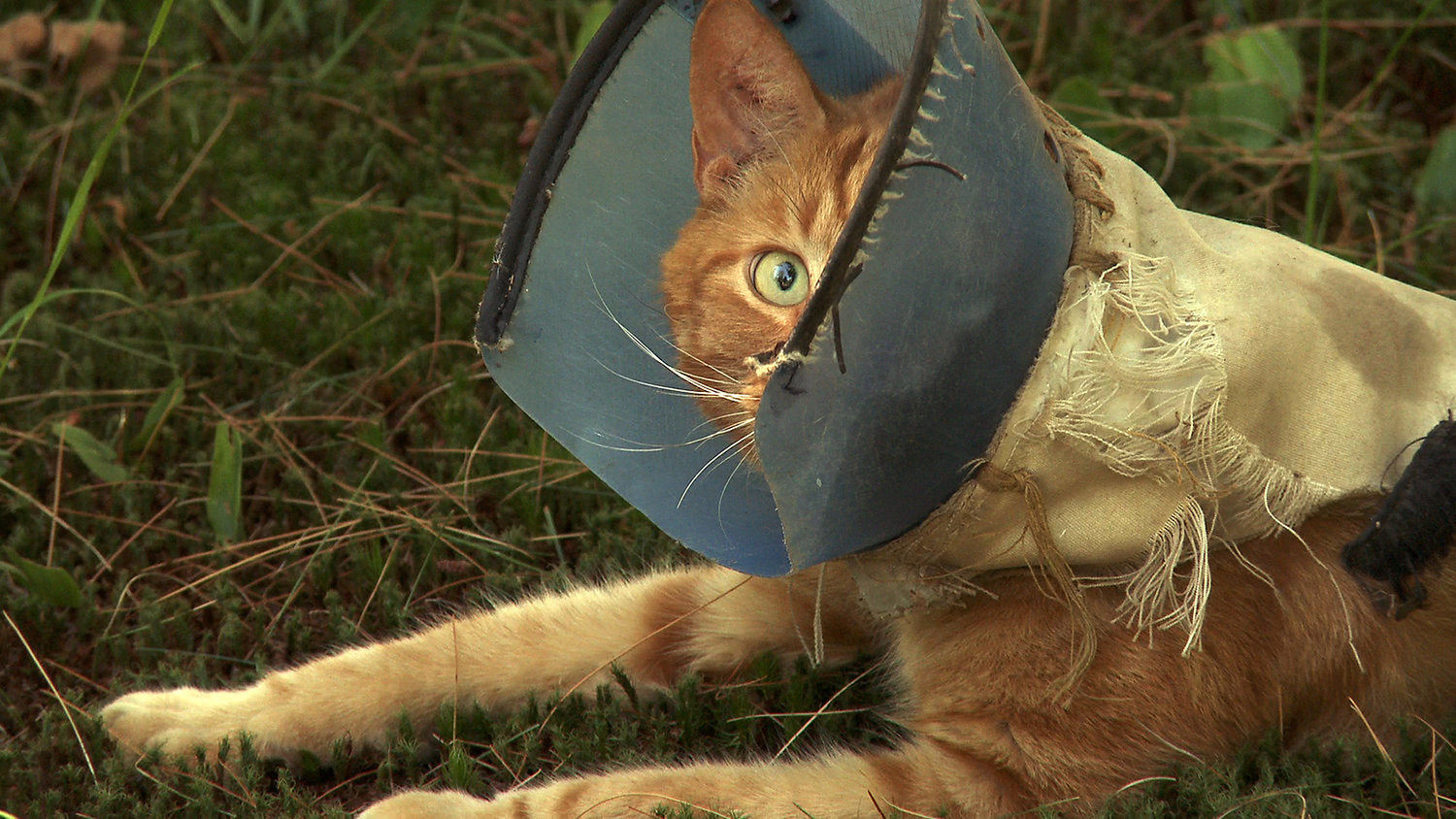back forward rewind

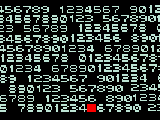
Participating artists:
Tanya Akhmetgalieva (Russia)
The Blue Soup (Russia)
Alexandra Dementieva (Russia/Belgium)
George Drivas (Greece)
Omer Fast (Israel)
William Hooker and Phill Niblock (USA)
JODI (Belgium/The Netherlands)
Sergey Kishchenko (Russia)
Olia Lialina (Russia)
Katherine Liberovskaya (Canada/USA) and Ranjit Bhatnagar (USA)
Bjørn Melhus (Germany/Norway)
Almagul Menlibayeva (Germany/Kazakhstan)
Csaba Nemes (Hungary)
Marnix de Nijs (The Netherlands)
Kenji Ouellet (Canada/Germany)
Shelly Silver (USA)
Rasa Šmite and Raitis Šmits (Latvia)
Christa Sommerer and Laurent Mignonneau (Austria/France)
Eve Sussman and Simon Lee (USA)
Miloš Vojtěchovský (Czech Republic)
Martin Zet (Czech Republic).
December 18, 2020 — January 10, 2021
It is quite symbolic that — due to obvious reasons — the anniversary exhibition of MediaArtLab takes place online, in the virtual space. After all, the lab was established in the 1990s precisely for exploring and conceptualizing the digital environment, which has been engulfing humanity deeper and deeper. As an open platform, MediaArtLab has built an international community of artists and invites them to reflect on the new reality today.
back forward rewind is an in-depth review of themes and artistic methods developed by MediaArtLab over twenty years of its work, a lens to convey the artists’ view of the past, the future, and back to the present. Among them are utopias, environmental problems, anxiety, and dreams.
The exhibition title suggests a free surfing through artworks — as if they were frames of an elusive fluid world, — and through imagination of the artists, each of them having contributed to the image of contemporary media art.



